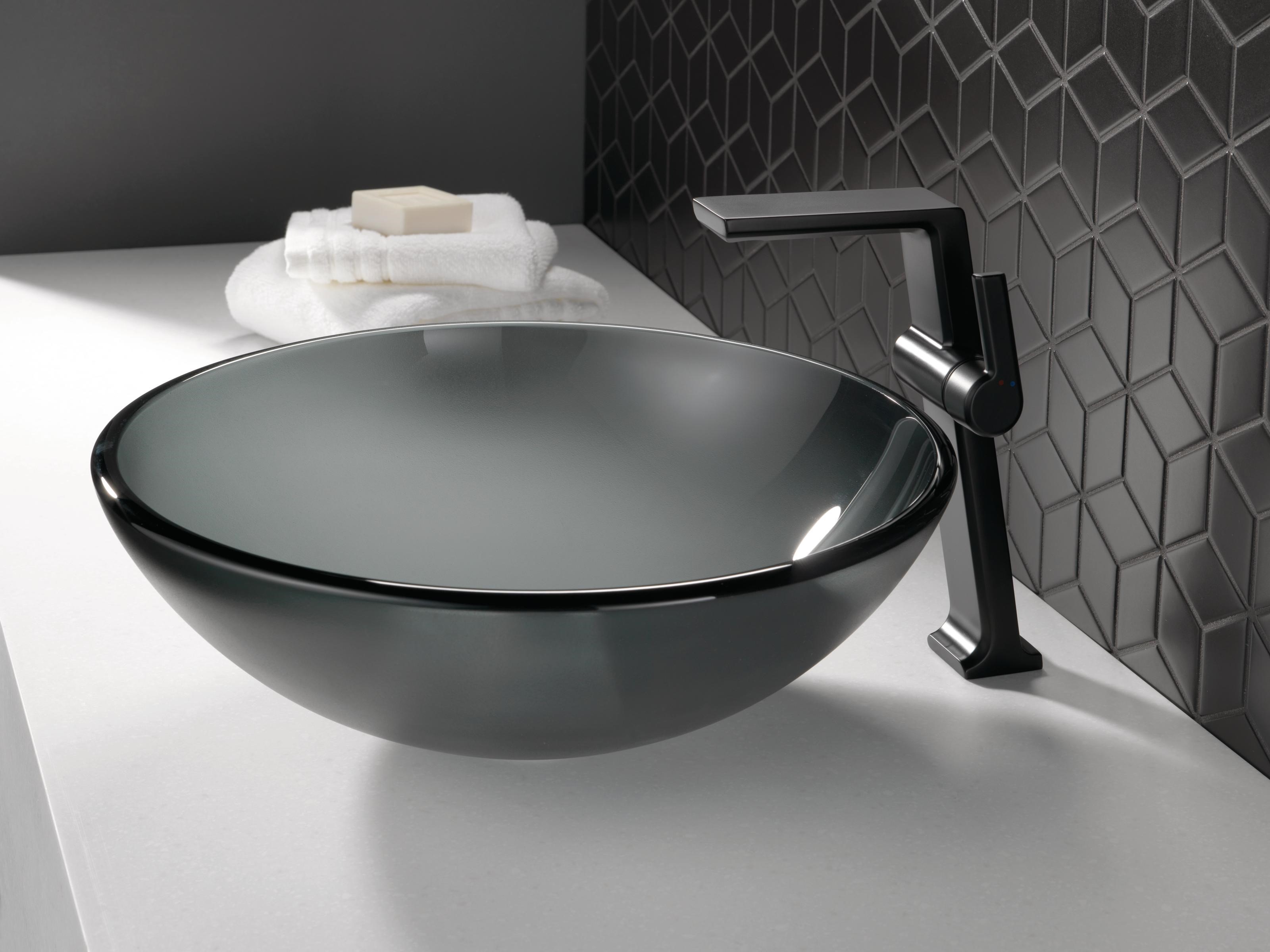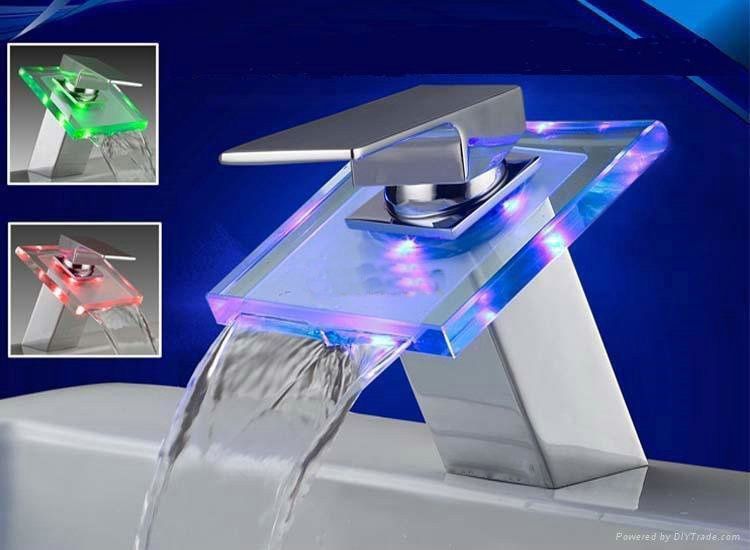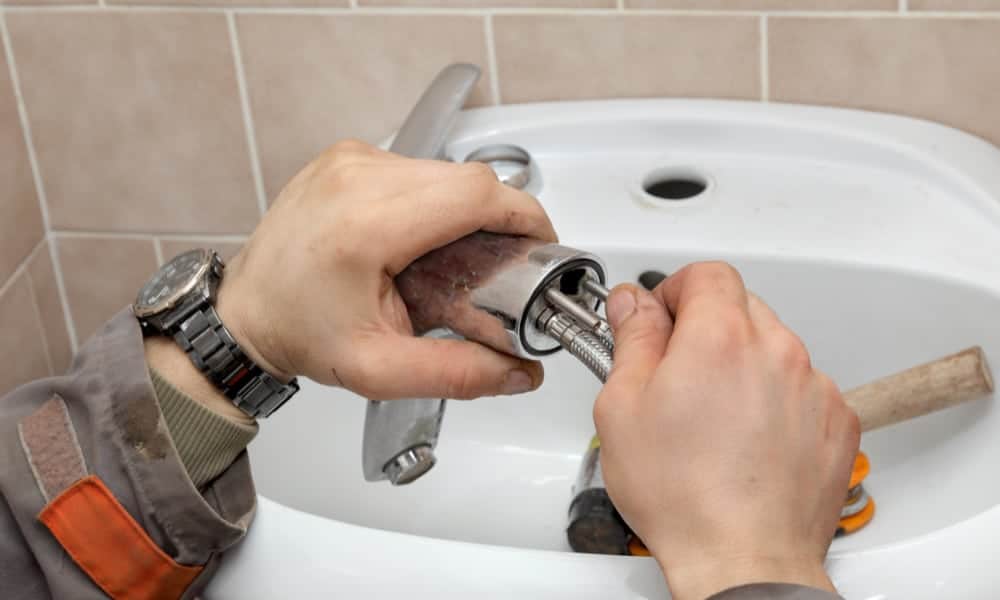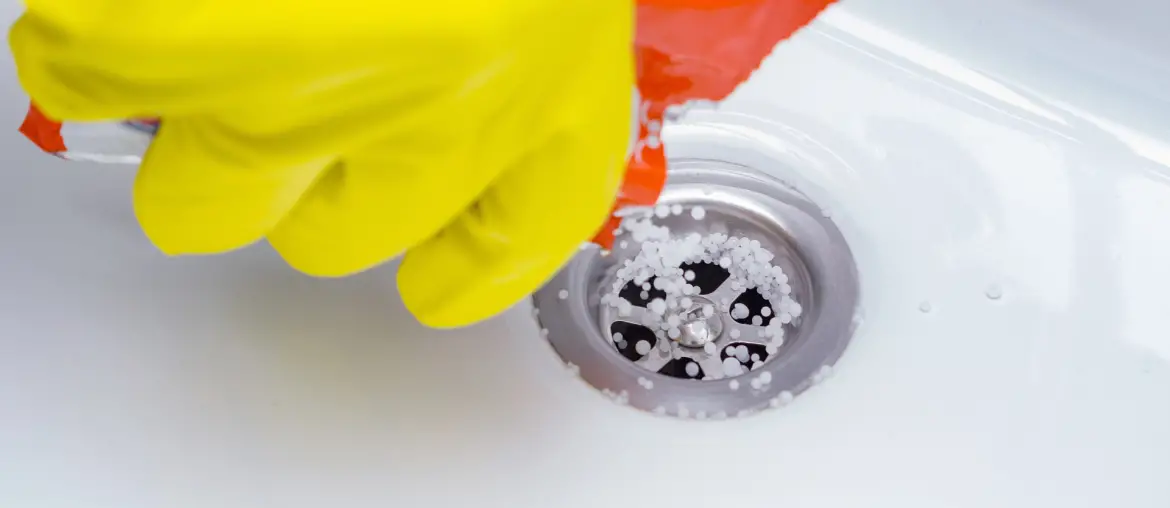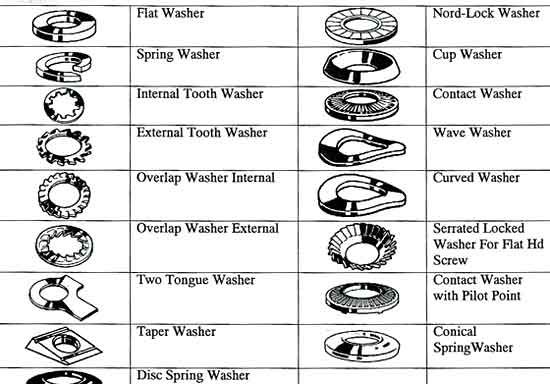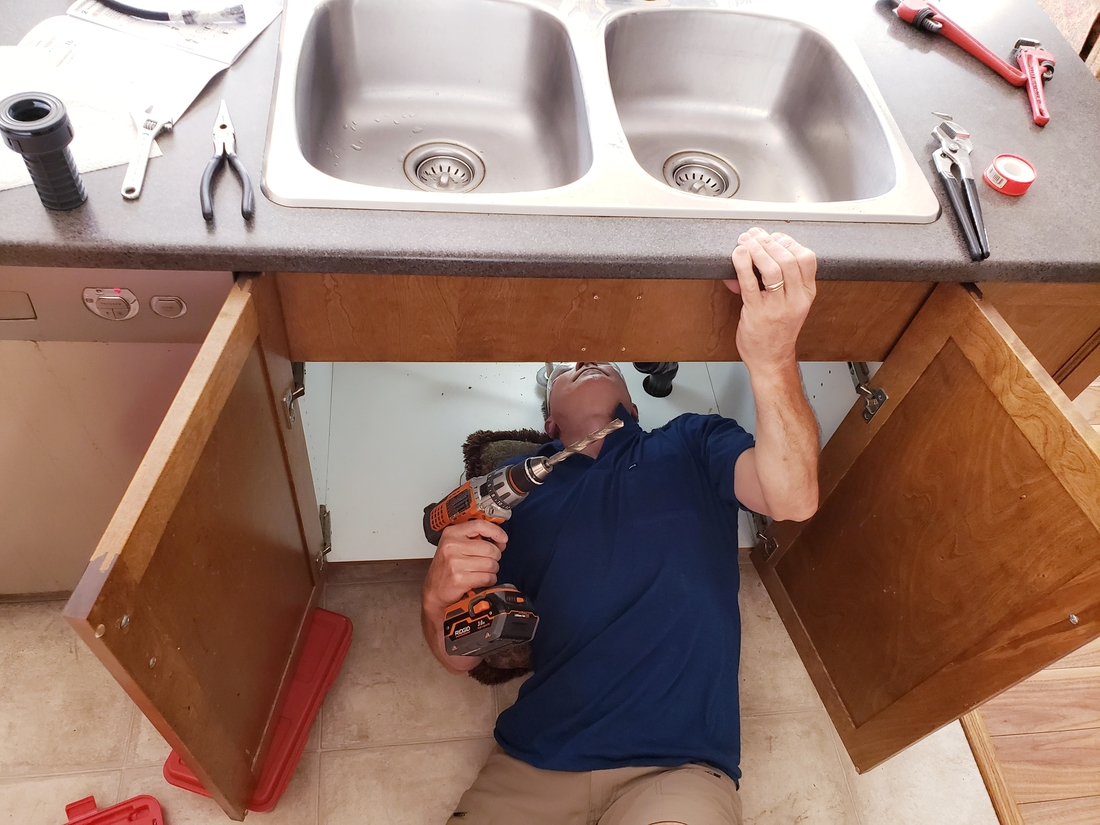When it comes to choosing the right washer for your bathroom sink faucet, there are several options available. Each type of washer has its own unique properties and benefits, making it important to understand the differences between them. In this article, we will explore the top 10 types of bathroom sink faucet washers and their uses, as well as provide tips for choosing and installing the right one for your needs.Types of Bathroom Sink Faucet Washers
There are various types of washers that can be used in bathroom sink faucets, each with its own advantages and disadvantages. The most common types include rubber, silicone, and metal washers. Rubber washers are the most commonly used, as they are inexpensive and provide a good seal. Silicone washers are more durable and can withstand high temperatures, making them ideal for use in hot water faucets. Metal washers, on the other hand, are more durable and long-lasting, but can be more expensive.Different Types of Washers for Bathroom Sink Faucets
Washers for bathroom sink faucets come in various sizes and shapes to fit different faucets. Common sizes include ½ inch, 5/8 inch, and ¾ inch. The best way to determine the right size washer for your faucet is to measure the diameter of the valve seat or stem. It is important to choose the correct size washer to ensure a proper fit and prevent leaks.Bathroom Sink Faucet Washer Sizes
When it comes to choosing the best washer for your bathroom sink faucet, it ultimately depends on your specific needs and preferences. However, some of the top-rated washers on the market include Danco Rubber Faucet Washers, LASCO Insert Faucet Washers, and Korky Red Rubber Faucet Washers. These washers are known for their durability, flexibility, and ability to provide a tight seal.Best Washers for Bathroom Sink Faucets
If you notice your bathroom sink faucet is leaking, it may be time to replace the washer. This is a relatively simple process that can be done with a few tools and minimal experience. First, shut off the water supply to the faucet. Then, use pliers to unscrew the valve stem. Remove the old washer and replace it with a new one. Finally, reattach the valve stem and turn the water supply back on. If you are unsure of how to replace the washer, it is best to call a professional plumber.Replacing Washers in Bathroom Sink Faucets
When choosing a washer for your bathroom sink faucet, there are a few key factors to consider. First, determine the size and shape of your faucet so you can choose the correct size washer. Next, think about the type of material you want the washer to be made of. Rubber is the most common and affordable option, but silicone and metal washers may be more durable in the long run. Finally, consider your budget and choose a washer that fits within your price range.How to Choose the Right Washer for Your Bathroom Sink Faucet
As mentioned previously, rubber, silicone, and metal washers are the most common types used in bathroom sink faucets. However, there are also other types such as neoprene and nylon washers. Neoprene washers are known for their resistance to heat and chemicals, making them suitable for hot water faucets. Nylon washers are also heat-resistant and can be used in both hot and cold water faucets.Common Types of Washers Used in Bathroom Sink Faucets
When deciding between rubber and silicone washers for your bathroom sink faucet, it is important to understand the differences. Rubber washers are softer and more flexible, making them easier to install and providing a better seal. However, they may deteriorate over time and need to be replaced more frequently. Silicone washers are more durable and can withstand high temperatures, making them a better option for hot water faucets. However, they may be more difficult to install and are generally more expensive.Rubber vs. Silicone Washers for Bathroom Sink Faucets
The process of installing a washer in your bathroom sink faucet will vary depending on the type of washer and faucet you have. In general, you will need to shut off the water supply, unscrew the valve stem, remove the old washer, and replace it with a new one. Some washers may require additional steps, such as using a special tool to secure them in place. It is always best to consult the manufacturer's instructions for specific installation guidelines.How to Install Washers in Bathroom Sink Faucets
While washers are designed to provide a tight seal and prevent leaks, they may still encounter issues over time. Some common problems with bathroom sink faucet washers include leaks, difficulty turning the faucet on or off, and reduced water flow. These issues can often be resolved by replacing the washer or ensuring it is properly installed. If the problem persists, it may be a sign of a larger issue with the faucet and should be addressed by a professional plumber.Troubleshooting Common Issues with Bathroom Sink Faucet Washers
Bathroom Sink Faucet Washers: The Key to a Functional and Stylish Bathroom

The Importance of Choosing the Right Faucet Washer
 When it comes to designing your bathroom, there are countless options to choose from. From the color scheme to the fixtures, every detail plays a role in creating a functional and stylish space. However, one often overlooked aspect of bathroom design is the faucet washer. While it may seem like a small and insignificant part, the type of washer you choose can make a big difference in the overall functionality and aesthetic of your bathroom sink faucet.
Faucet washers are small, circular discs that sit inside the faucet and help control the flow of water.
They come in various sizes and materials, each with their own advantages and disadvantages. It is important to consider the type of faucet you have, as well as your personal preferences and needs, when selecting the right washer for your bathroom sink faucet.
When it comes to designing your bathroom, there are countless options to choose from. From the color scheme to the fixtures, every detail plays a role in creating a functional and stylish space. However, one often overlooked aspect of bathroom design is the faucet washer. While it may seem like a small and insignificant part, the type of washer you choose can make a big difference in the overall functionality and aesthetic of your bathroom sink faucet.
Faucet washers are small, circular discs that sit inside the faucet and help control the flow of water.
They come in various sizes and materials, each with their own advantages and disadvantages. It is important to consider the type of faucet you have, as well as your personal preferences and needs, when selecting the right washer for your bathroom sink faucet.
The Different Types of Faucet Washers
 Compression Washers:
This type of washer is the most common and is found in older, traditional faucets. They are made of rubber or plastic and work by compressing against the valve seat to stop the flow of water. While they are inexpensive, they can wear out quickly and may need to be replaced frequently.
Ball Faucet Washers:
As the name suggests, this type of washer is shaped like a ball and is found in single-handle faucets. They are made of rubber or plastic and are more durable than compression washers. However, they can be more difficult to replace and may require a specific tool.
Cartridge Washers:
This type of washer is found in modern, single-handle faucets and is made of ceramic or brass. They are highly durable and can last for many years. They also offer better control over the water flow and temperature. However, they can be more expensive and may require professional installation.
Ceramic Disc Washers:
These are the most advanced type of washer and are found in high-end, modern faucets. They are made of ceramic and provide precise and smooth control over water flow and temperature. They are also highly durable and require minimal maintenance. However, they are the most expensive option and may not be necessary for every bathroom.
Compression Washers:
This type of washer is the most common and is found in older, traditional faucets. They are made of rubber or plastic and work by compressing against the valve seat to stop the flow of water. While they are inexpensive, they can wear out quickly and may need to be replaced frequently.
Ball Faucet Washers:
As the name suggests, this type of washer is shaped like a ball and is found in single-handle faucets. They are made of rubber or plastic and are more durable than compression washers. However, they can be more difficult to replace and may require a specific tool.
Cartridge Washers:
This type of washer is found in modern, single-handle faucets and is made of ceramic or brass. They are highly durable and can last for many years. They also offer better control over the water flow and temperature. However, they can be more expensive and may require professional installation.
Ceramic Disc Washers:
These are the most advanced type of washer and are found in high-end, modern faucets. They are made of ceramic and provide precise and smooth control over water flow and temperature. They are also highly durable and require minimal maintenance. However, they are the most expensive option and may not be necessary for every bathroom.
Choosing the Right Faucet Washer for Your Bathroom
 When choosing a faucet washer, it is important to consider the type of faucet you have, your budget, and your personal preferences.
If you have an older, traditional faucet, a compression or ball washer may be the best option. If you have a modern, single-handle faucet, a cartridge or ceramic disc washer may be a better choice.
In addition, consider the water flow and temperature control you desire, as well as the overall aesthetic of your bathroom.
Opting for a high-quality, durable washer may cost more initially, but it can save you money in the long run by avoiding frequent replacements.
In conclusion,
bathroom sink faucet washers are a crucial component of a functional and stylish bathroom.
Understanding the different types of washers and choosing the right one for your specific needs can make a big difference in the overall design and functionality of your bathroom. Take the time to research and invest in a high-quality washer to ensure a long-lasting and efficient bathroom sink faucet.
When choosing a faucet washer, it is important to consider the type of faucet you have, your budget, and your personal preferences.
If you have an older, traditional faucet, a compression or ball washer may be the best option. If you have a modern, single-handle faucet, a cartridge or ceramic disc washer may be a better choice.
In addition, consider the water flow and temperature control you desire, as well as the overall aesthetic of your bathroom.
Opting for a high-quality, durable washer may cost more initially, but it can save you money in the long run by avoiding frequent replacements.
In conclusion,
bathroom sink faucet washers are a crucial component of a functional and stylish bathroom.
Understanding the different types of washers and choosing the right one for your specific needs can make a big difference in the overall design and functionality of your bathroom. Take the time to research and invest in a high-quality washer to ensure a long-lasting and efficient bathroom sink faucet.





























